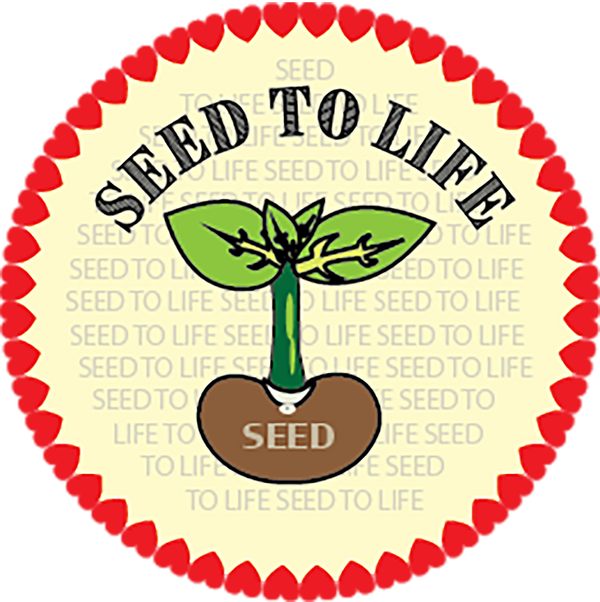Just like oregano and carom seeds, Cuban Oregano is also an aromatic herb and is part of various cuisines. It is used to make fritters, chutneys, and even can go in soups, traditional remedies, and salads. I sometimes use it to make fritters by dipping them in the chickpea flour and deep-frying it. They are somewhat oily but taste awesome.

Origin of Cuban Oregano
The botanical name of Cuban oregano is Coleus amboinicus / Plectranthus amboinicus. The origin is in Africa. People from tropical rainforest use it in several herbal remedies. It is interesting to know that even though this plant originated in Africa, all the names that it carries are from other regions like Cuban Oregano, Indian Borage, Mexican Mint, French Thyme, Spanish Thyme, and Soup Mint. The name Amobinicus comes from Ambon Island in Indonesia where it was described by Portuguese botanist.
Borage Vs Indian Borage

Vietnamese coriander is a tropical or subtropical plant. It likes a hot humid temperatures. The plant is not drought and frost-tolerant. It grows well in USDA zones 9–11 or regions with mild winters. If you live in a colder climate then you will have to grow this plant either indoors or bring it inside during winter for overwintering.
Cuban Oregano vs Mexican Mint Marigold

Then the other name of the Cuban oregano is Mexican mint. Don’t confuse it with this other her named Mexican mint marigold. There is another variety of Cuban oregano that has variegated leaves.
How to Grow Cuban Oregano?
The easiest way to grow cuban oregano is from cuttings as they grow roots very fast. I have never tried growing this plant from seeds yet. This year the plant that I purchased was already blooming but I couldn’t get any seeds from the tiny flowers.
Growing Temperature for Cuban Oregano
Cuban oregano is not a frost tolerant plant. So unless you have a mild winter in your region, you will have to bring it indoors for overwintering. It loves tropical weather and grows well in the rainy season when the humidity is high. It can tolerate heat and dryness during the summer months.
The optimal growing temperature is above 68°F or 20°C but it can tolerate lower temperatures up to 50°C or 10°C
Soil and Sun Requirements for Cuban Oregano
Cuban oregano is not a very picky plant and grows well in all types of soil. I’m observing that it grows pretty well in moist, well draining soil. It is a sun loving plant and loves to be in a well-lit area or full sun location.
Soil and Sun Requirements for Cuban Oregano
You can grow Cuban Oregano in a pot or in the soil but know that it grows very fast. Just in a month or two you will have to either change the soil or move the plant to a bigger pot. In the ground it may outgrow the neighboring plants just like weeds. It is important to keep pruning it to control it. The branches grow upward first but then as they increase in length they fall down on the ground because of weight and wherever they touch the ground the roots develop and grow more plants. Also, new stems start growing from the central stalk of the plant and the plant keeps getting wider. I purchased two small plants a couple of months back and already I have five plants now. They are very easy to propagate. Just take 2-4 inches of cutting and either directly insert it in the moist soil or you can keep the cuttings in the water to grow roots first. They almost always grow roots. No need to have a green thumb.
How tall Cuban Oregano Plants grow?
The plant can grow up to 1-3 feet tall but the potted plants usually reach to a height of 1.5 feet.
Fertilizers for Cuban Oregano Plants
I hardly feed these plants with any special fertilizer but if your soil is of very poor quality then you give it with little all purpose fertilizer or just fish fertilizer every month. Or just adding a layer of compost is good enough for these plants.

Blooming Period of Cuban Oregano
Cuban oregano blooms in late winter through early spring. I purchased my plants this year in early spring and that is why the flowers were already blooming. The flowers of cuban oregano are white, light pink or purple in color and they are arranged on a floral cluster. There is a central stalk that carries flowers in rows. As the blooming starts the leaves become smaller. Flowers are pink and purple in color. They are a favorite of beneficial insects.Very good to have such flowering plants in early spring when the pest activity starts increasing. We need to attract predators of pests in the garden like dragonflies, wasps, and spiders.

